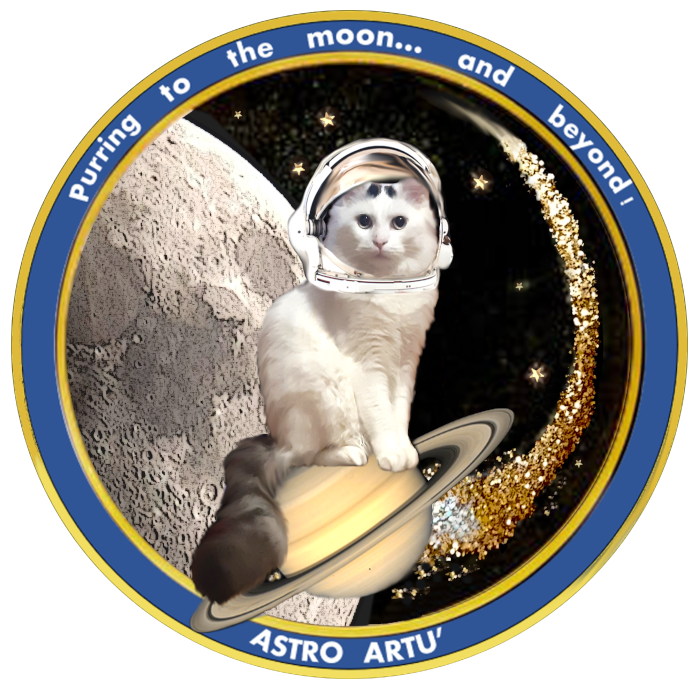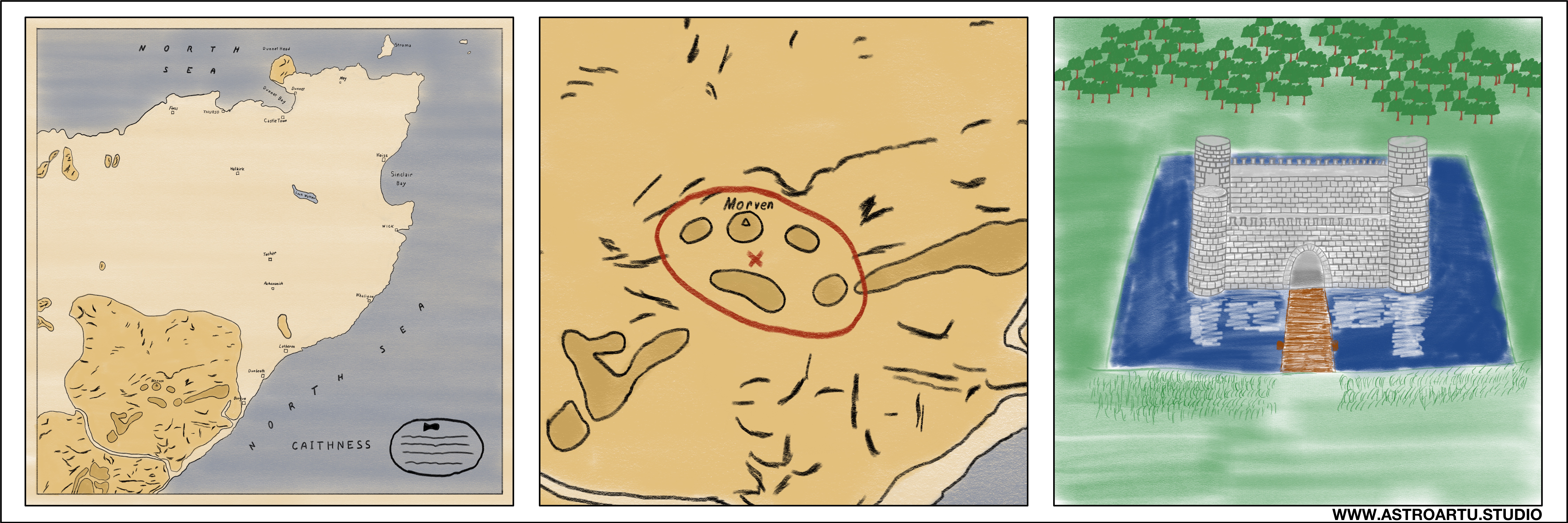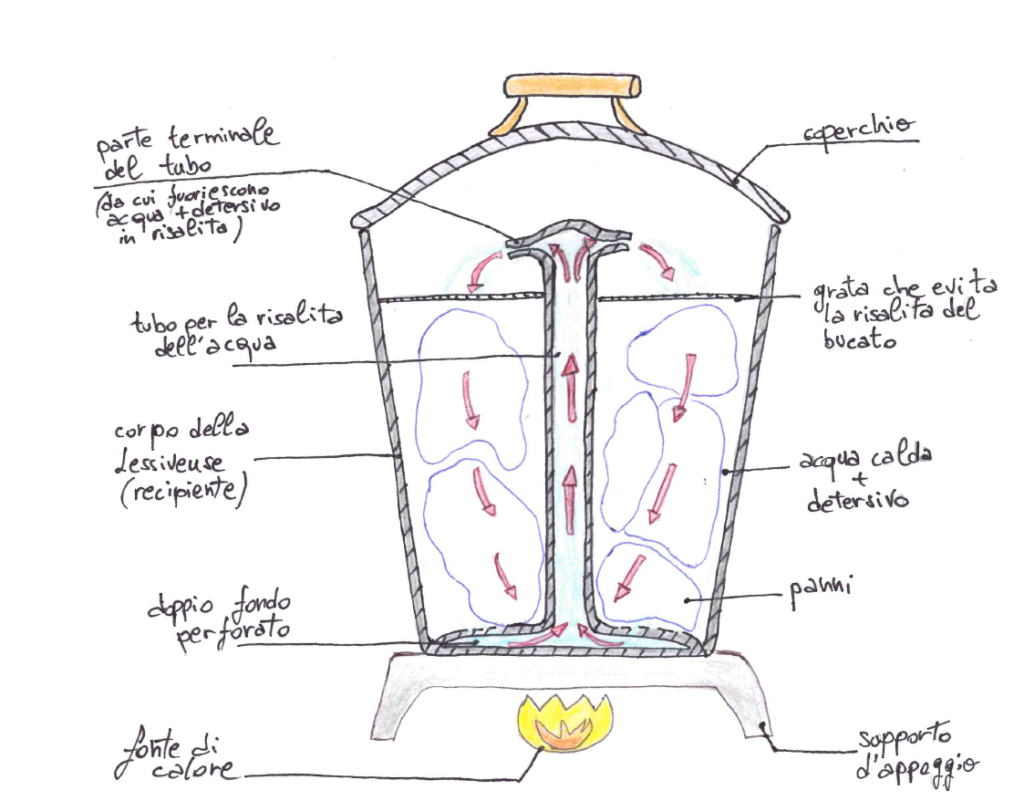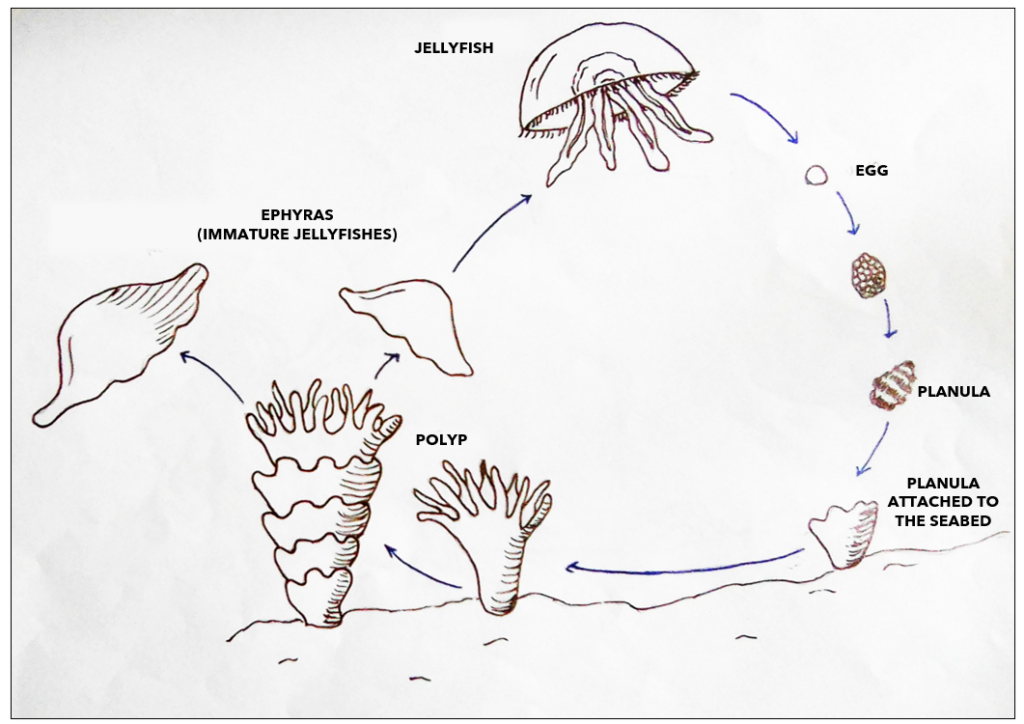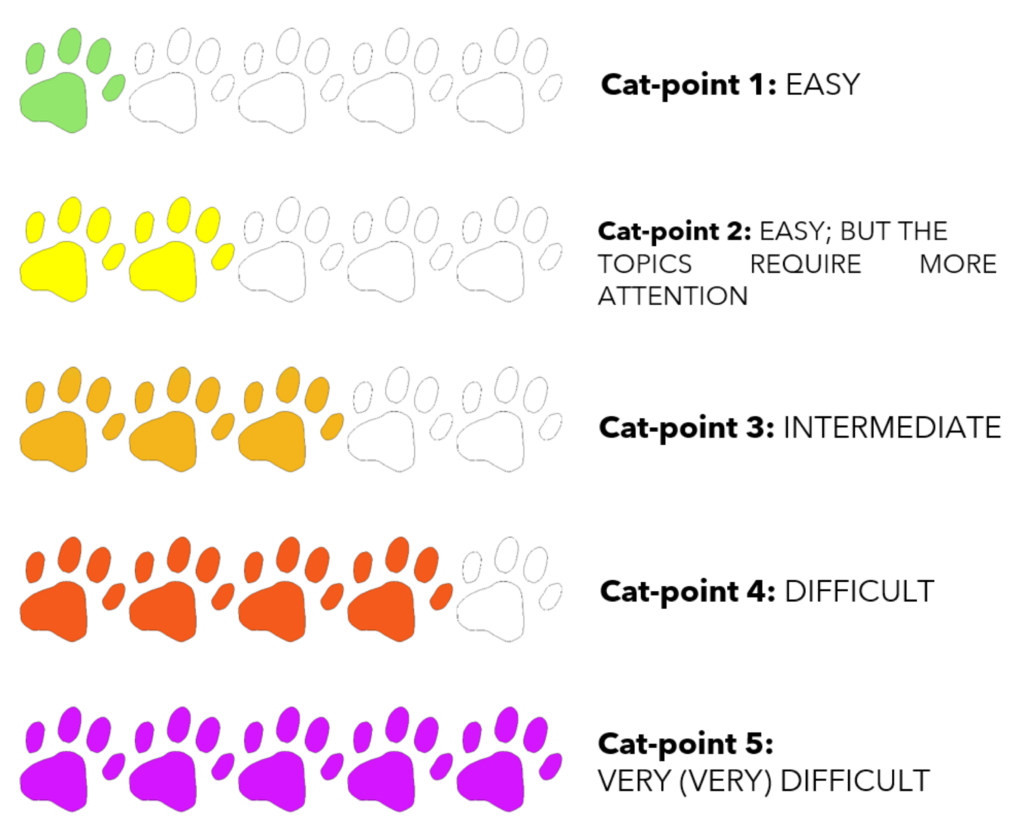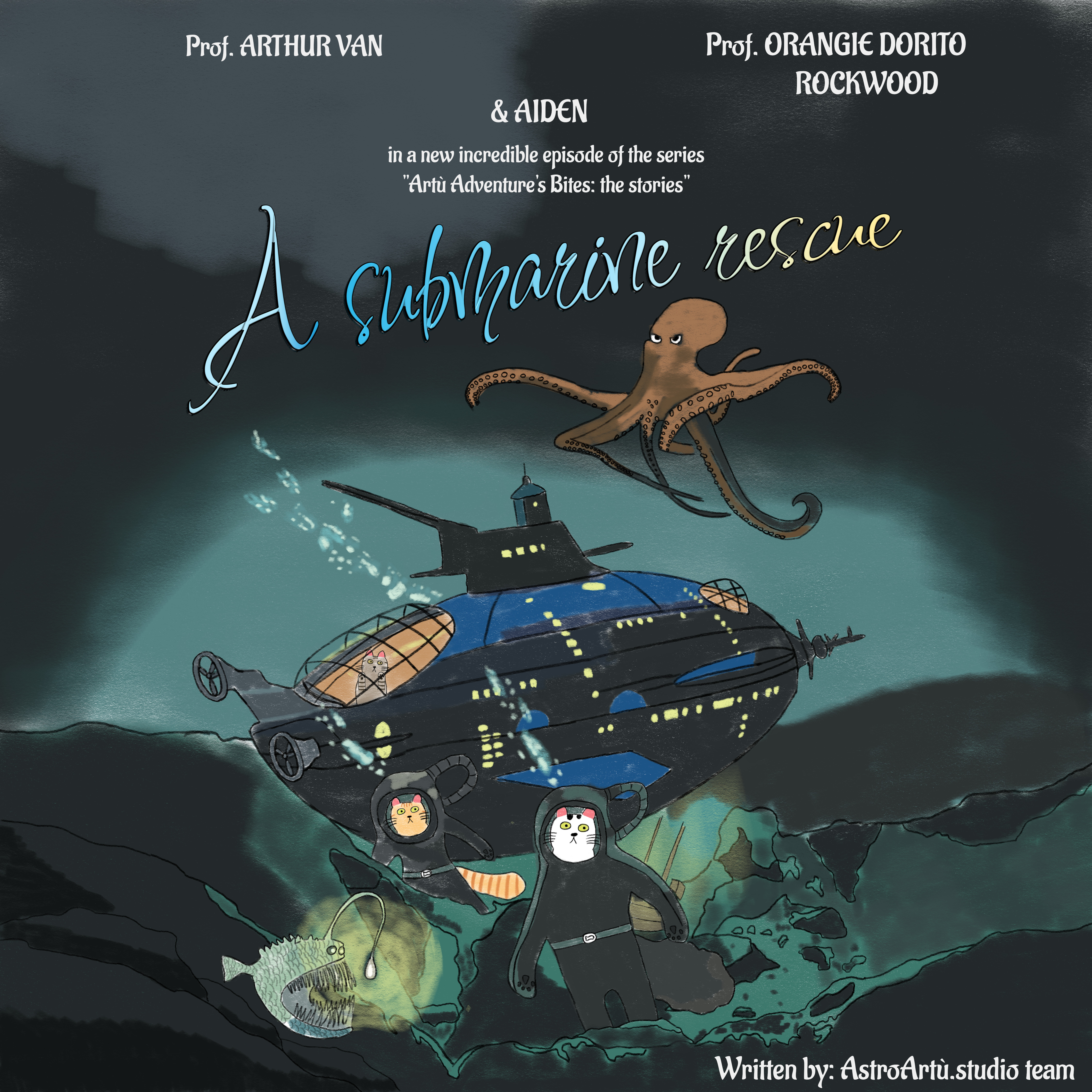
—Guys! Have you read the latest news?— exclaimed a chestnut-coloured brindle cat, which was literally scrambling down the corridor that led to the main room of the old and respectable Royal Crowder Society.
He waved a newspaper in his left paw; the enthusiasm had induced him to do it so vehemently that, if converted into energy, the mass of air displaced could have light up the whole room for the rest of the day.
It was Sunday morning and at the Royal Crowder Society the cats were relaxing in the room in front of the fireplace, some taking a nap, some reading a good book, others chatting about more or less important topics.
But Chest, short for Chestnut, had messed up that perfect balance.
—Chest, calm down!— he heard from the back of the room.
—Look at this!— said Chest, slamming the paper folded in half, but with the front-page headline clearly visible, with a loud paw on the round oak table in the middle of the room, not caring about the chess game that was going on between Monsieur Sable du Poisson and Sir Whitehorse.
—Well, Chest, what elegance!— scolded Monsieur du Poisson, sarcastically.
Chest wasn’t even listening: —Another impossible case solved! And this time it was defeated by nothing less than The Dark Farmyard!—
—Show me!— a cat snatched the newspaper from his paw, while other members of the society had already crowded around out of curiosity. The most suspicious remained in their posts, and from one of them a comment arose: —Yes, of course not… even if it was the Dark Farmyard, it cannot be defeated entirely. It’s such a sneaky organization and who knows how extensive. Maybe it’ll be out of the game for a while… And then it’ll come back.—
—The usual skeptic! It is written in large letters on the Crowder Chronicles: The mystery of the puffin stone revealed: the diabolical plan of the Dark Farmyard foiled, crushing victory of the two super detectives Hans and Hank!—
—Thos two again?— muttered Whitehorse doubtfully, —They’re everywhere now!—
—They’re real geniuses! Chest rebuked him: —The Dark Farmyard: do you realize it in the slightest?!? No one had had the courage to get involved in a matter of theirs in decades!—
—The Chronicles is always so sensationalist!— snorted an ash-gray cat, —Please, Paul, pass me The Cat Post.—
He wished he could read something different, because the expression on his face as soon as he glanced at the first few lines of the Post was unmistakably shocked. He threw it in an armchair, crumpled.
—So John…?—
—Nothing, so nothing! By now the press is reeling!—
—But there’s no denying it: Hans and Hank are the best detectives Scotland Yard has seen for at least fifty years!—
—Even a century!— said Andy, opening his eyes to the maximum as if to emphasize his wonder.
—Come on…!— said Whitehorse as he left the game, not least because the pieces had been brutally evicted from the board by Chest’s exuberance.
—If not, would they have written a book about it?—
—Also?!?,— Whitehorse marveled.
—Don’t pretend you don’t know that their first case has become a best seller in the feline and canine world. It’s rumored to be coming to humans as well…—
—Nonsense! For me, it’s just two who had a stroke of luck.—
—And you’re all envy, aren’t you?— sang Rocky, coming up from behind and giving him a pat on the back, which moved him forward a few steps. Whitehorse turned, giving the red cat a strained smile, and walked away muttering.
—Rocky, you won’t be of the same opinion as that boring Whitehorse, will you?—
—Not at all! Professor Arthur Van and I know talent when we see it,— Rocky explained, drawing Arthur’s attention, and inviting him to take part in the discussion.
Arthur took the place vacated by Sir Geordie Whitehorse: —True Rocky! They guessed, those two setters! Hans and Hank: two names that will remain in the history of Scotland Yard, I assure you! Deep intuition, loyalty, and well, even a great attitude to getting into trouble… They’ll lead the way, it’s guaranteed!—
—Like us, huh, mate?—
—Yes, you can say that Rocky…—
In the meantime, Andy had picked up the newspaper between his paws and was reading with transport:
Continue reading “A submarine rescue”
